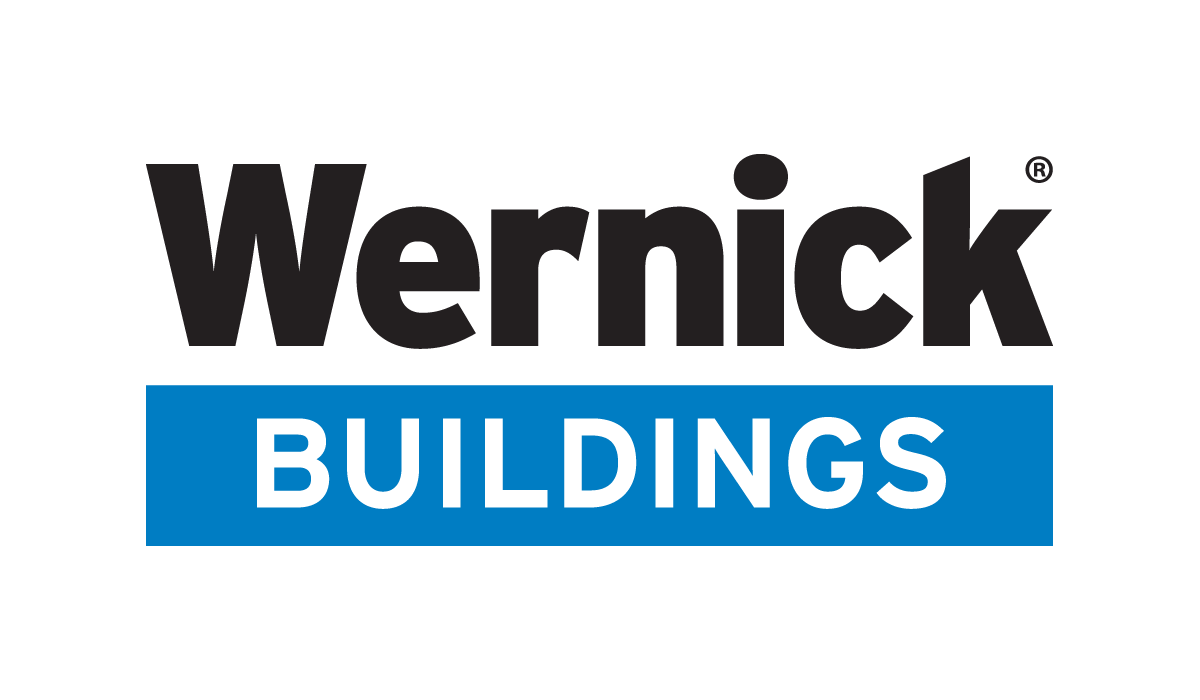 Add My Company
Add My Company
Sign In
AN EDUCATION IN MODULAR BUILDINGS
02-12-2020

With space presently at a premium within UK schools, and pupil numbers forecasted to increase over the coming years, many schools are finding themselves in need of a fast, cost-effective solution to their space issues.
Offering up to 50% reductions in both spend and build time, modular construction is uniquely placed to solve this problem with minimal expense and disruption.
Modular construction methods consist of buildings being constructed as separate units in a specialist factory and then installed on-site to form a complete building. These modules are more than just walls and windows however; modular methods can integrate electrics and plumbing into each component part, ready to be connected up when the building is whole. While the building is being manufactured offsite, ground work on site can run concurrently, speeding up the build programme. These time savings reduce disruption to schools and can significantly decrease costs. The offsite construction method also lends itself to a stringent quality control process, where buildings are created in-line with strict tolerances and waste production is minimised to almost zero.
Despite the many benefits the method offers, modular has long suffered from an image problem when it comes to classrooms. Historic perceptions of box-like demountable classrooms, with low quality finishes, can obscure the image of what modern day modular can achieve. Colourful rain screen, curtain walling, barrel or butterfly roofing; modular can now provide the architectural touches previously reserved exclusively for traditional buildings, but in less time and at a reduced cost.
These capabilities are most apparent when modular buildings are used to extend or complement existing traditionally built schools. Brampton Manor Academy, an “Outstanding” rated school in London, required a new building that combined the speedy approach of modular with the block-work exterior of a traditional build. Wernick Buildings, main contractor on the project, not only created a traditional finish with block-work and white render, but provided a standing seam curved roof and an attractive fully glazed covered walkway. The completed classroom block blended seamlessly in with the traditional looking buildings surrounding it, and provided much needed space for the popular school.
The School’s Finance Director, Kit Lam, commented; “It’s fair to say that we are extremely proud of what has been achieved. Most importantly our pupils and staff are delighted with the building and its facilities and love spending time in such a wonderful environment.”
Not only did the completed building meet the client’s requirements exactly, the build project took only 19 weeks from conception to completion, with installation taking place through the summer holidays, to minimise disruption. Therein lies the beauty of the modular construction process; not only can it deliver results visually equal to a traditional building – but it does so at impressive speed. Manufacturers can work hand-in-hand with architects to modularise complex designs effectively and efficiently.
When the Birmingham Institute of Forest Research needed a sustainable and stylish building for its FACE (Free-Air Carbon Dioxide Enrichment) experiment, it chose to combine the dynamic designs of Glancy Nicholls Architects with the sustainable and speedy offsite methods offered by Wernick Buildings. The project aimed to measure the effects of increased atmospheric levels of CO2 had on mature woodlands – so leaving little impact the forest surrounding the research centre was of vital importance. The building was installed, seemingly floating, on a steel frame with helical pile foundations, meaning it would be easy to remove and relocate without affecting the local area. Thanks to the offsite build programme, the research station could be built at Wernick’s purpose built factory while the ground works were taking place and the building was installed in a single day – minimising its environmental impact.
While not leaving any lasting physical impression on the surrounding area was important, the building also needed to visually blend with its surroundings, becoming part of the forest that would be its home. The building design consisted of three connected buildings in a staggered asymmetric layout that echoed the wild, natural landscape. To blend with the wooded environment, it was clad in cedar shingles, which when combined with a pitched roof also removed the need for downpipes or guttering.
Staff and visitors alike were impressed with the research station according to Dr Kris Hart, Operations Manager at FACE. “We all enjoy working here and it isn’t just the staff that like the building. Literally every visitor, without exception, has commented on how nice it is; and it’s my understanding is that the landowners feel the building is so nice that they want to keep it after the experiment has finished.”
Buildings like Brampton Academy’s classroom block and the BIFoR’s research station showcase what modular can achieve, and stories like these are becoming increasingly frequent. Thanks to modular being touted in the press as a potential answer to the UK housing shortage, the benefits of offsite construction are becoming more widely known; not just in housing, but in healthcare, commercial, and of course the education sector. Through this increased knowledge, we hope to see modular becoming an even more prevalent construction method, benefiting home-owners, hospitals and schools across the UK. From their sustainability and dependable build programmes, to the substantial cost and time savings they offer, it’s clear that modular buildings are top of
For more information on AN EDUCATION IN MODULAR BUILDINGS talk to Wernick Buildings Ltd
Enquire Now
More News
List your company on FindTheNeedle.
